Do you ever wonder “How do I take people from free sessions to paid sessions?”
If you’re new to business or you’ve been working with people for free but not yet being paid for your services, it’s time to give yourself a pay-day!
It’s so important that you start charging for your services, because THAT is when you know that you’re in business.
Then you start to build your confidence and you start operating out of the identity of a business owner, rather than the identity of someone who, for example, just helps their friends.
It’s a significant shift!
If people aren’t paying you, you can doubt yourself and feel like something is wrong with you.
But if you’re not being paid yet, it’s not usually that you’re not good, it’s usually a packaging, marketing or sales problem – and these are skills you can learn.
In this article and video, I share with you six steps to signing up your first paying client, fast.
Here is the six-step process:
1. Unpack your uniqueness
 There are so many things about you that are unique and only you have them. It’s how you stand out from everyone else who is doing something similar.
There are so many things about you that are unique and only you have them. It’s how you stand out from everyone else who is doing something similar.
Look at your backstory, what led you to this point and the challenges that you’ve had to overcome to get to know you are now. I want you to think about what has been the biggest challenge that you’ve overcome and how you solved that problem.
I was talking to someone today who said, there are a lot of people working in your space, and it got me thinking because I never think there’s a lot of coaches, I think it’s a good thing that there are lots of coaches.
I think the world needs more coaches because right now the fastest growing industry is the information technology industry with coaching as the second-fastest growing industry. And that can only be a good thing.
People are craving human connection. The problems that are on the rise in the world today, coaches that can offer to help people, to improve their lives, to improve their quality of life can be successful.
We all have problems, we all have limiting beliefs and as a coach, I truly believe that there are not enough coaches to help everyone. So, don’t think of it as a competition.
When you’re unpacking your uniqueness, you want to look at what problems you have personally overcome. Not just looking at your stories, but what you did about them. For example, did you enrol in a course? What skills did you learn, what experience do you have?
That unique combination of everything you’ve done in your life combined with your personality, your skills, your experience, your knowledge, your unique family situation, and the problems you’ve solved. All that makes up you and your uniqueness.
2. Identify your ideal client
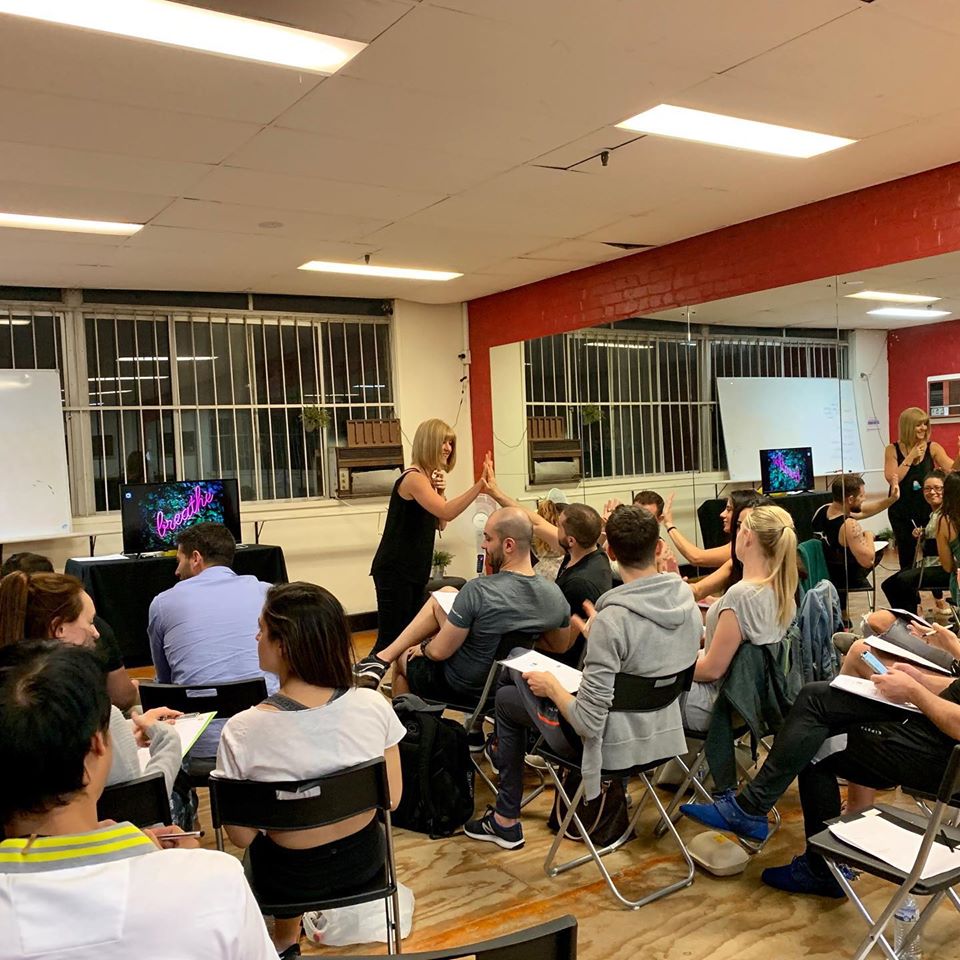 This is the thing that trips up most people that I talk to, especially coaches and consultants when it comes to their target market, it’s not very niched. It’s too broad.
This is the thing that trips up most people that I talk to, especially coaches and consultants when it comes to their target market, it’s not very niched. It’s too broad.
You need to get really clear on specifically the kinds of people that you do help and the people that you don’t help because if you’re vague, no one’s going to be able to find you and you’re not going to be able to find them.
Identify your ideal client, their attitude, their personality, where are they hanging out, get clear on that and don’t be afraid to go deep and specific.
Think about the problems they have that you can solve, their fears and frustrations, dreams and desires. Use this in your marketing and sales language.
3. Organise your offer
 Put together an offer that is a signature program, a step-by-step process that you’re going to take people through that’s uniquely yours so people don’t just buy coaching, they don’t just buy time with you, they value tools and the process that takes them from where they are, to where they want to be.
Put together an offer that is a signature program, a step-by-step process that you’re going to take people through that’s uniquely yours so people don’t just buy coaching, they don’t just buy time with you, they value tools and the process that takes them from where they are, to where they want to be.
You want to be able to organise it, so it becomes an irresistible offer.
One of the elements that make a great offer is community. People value a quality community. They can ask questions, get inspired by other people, they can learn, get feedback and have information tailored to them…
…because anyone can Google, anyone can find information online. But people don’t just want information, they don’t want you to just educate them, they want a program where they work through and they see the step=by-step change to get the result that they want.
I recommend that it contains some community, and has some offline and some online if possible.
A live element in your program, on zoom, for example, means you can coach people all over the globe, but you also want people are in your area to create a community because people crave that human connection.
You want to think about what kind of online training modules you offer, whether it’s videos, worksheets, cheat sheets, templates, what are the things that you’ve created that have helped you overcome problems that you can package for people.
Remember, people don’t want to just buy time with you, and they don’t want to calculate how much they need to pay per hour, but if you put it all together in a signature program, they are more likely to buy it.
4. Create your Content
When you create your content, you’ve got to think about where your ideal clients are hanging out? How do they like to receive content? Do they like it through video like Facebook Live? Blogs? Webinars? LinkedIn? Instagram and stories or Facebook?
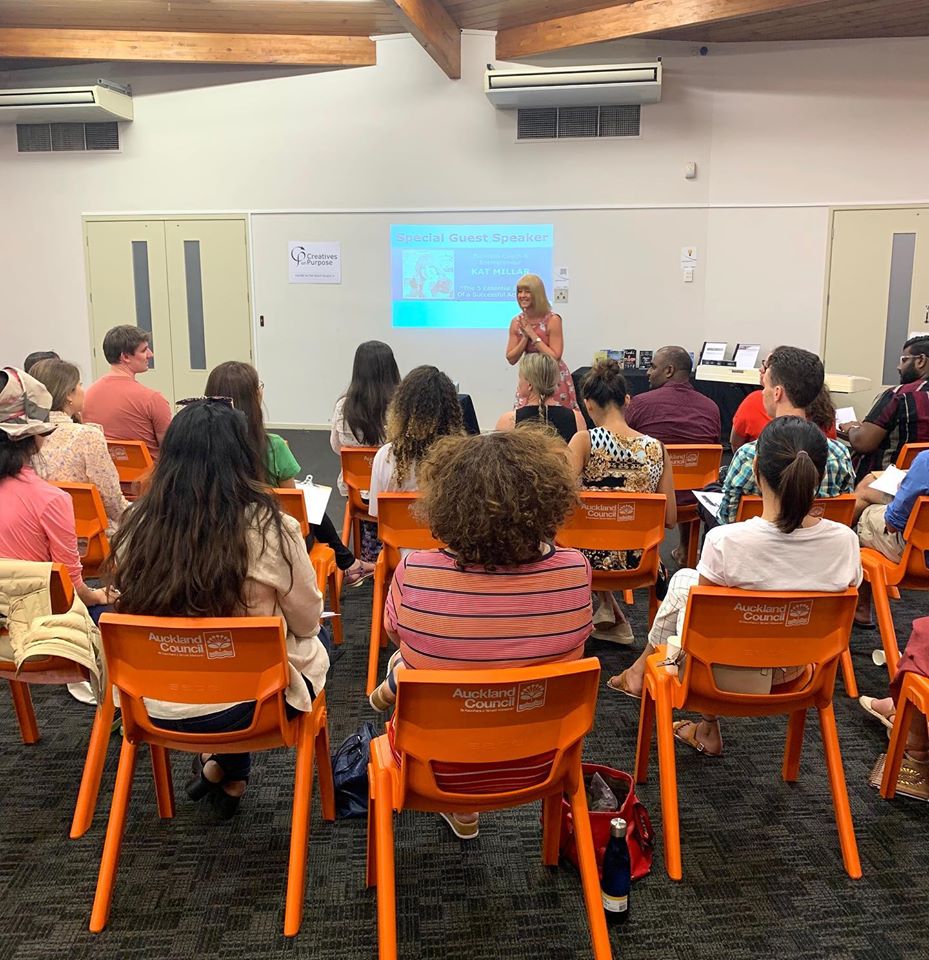
Do they want a workshop? Or a free evening meetup or brunch or a seminar? There are lots of different ways that you can deliver content to people. So, think about how you want to deliver your content.
I was on holiday in New Zealand last week and my sister Vicki and I did a business summit. Every now and then, she went off and did half-hour phone coaching calls.
I was so inspired by the way she has set up her life so she can go for a walk and talk on the phone and get paid for it while on holiday.
That’s something you can do as well, think about where Iyou want to meet people – in person? Or would that be a hassle for me to drive? For you to have a business that suits your lifestyle you must make sure there is longevity for you.
Maybe you don’t want to travel to people, maybe you want them to come to you or it’s on the phone. You might only do 30-minute or 45-minute sessions.
Remember, it’s your business, you can do it however you want. That’s the beauty of working for yourself. You don’t have to follow your boss’s rules. You are the boss, so you get to set the rules.
Obviously be flexible about what suits your ideal client, but when you identify your ideal client, you choose them. You can say my ideal client doesn’t mind doing phone calls if you want to do coaching on the phone.
You might say my ideal client doesn’t want to do live events because I don’t want to do live events. I want to do webinars.
Remember, you’re the boss, you’re in control. And that’s one of the perks of having your own business.
5. Attract your avatar
Your avatar is the person you’ve created as your ideal client and you attract them by speaking their language. Now the best way that I found to do this is to create a freebie. Create something for free, downloadable, like a PDF cheat sheet or guide that is around three to five pages.
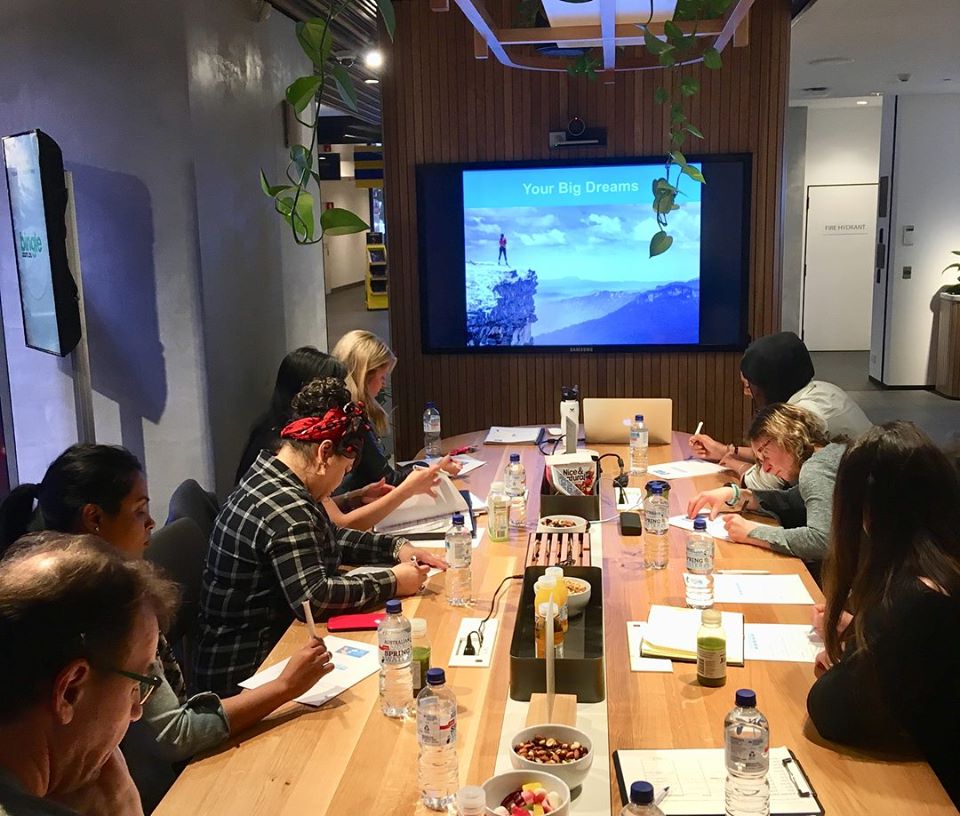
They’re the ones that work the best now, not an eBook. Most people don’t read them anymore. A very small percentage of people read eBooks, you want something that can be consumed in about 10 minutes or less.
It should be valuable. Just because it’s free doesn’t mean it shouldn’t be valuable. If you can help someone with a problem and get them a result through that freebie you can build your email list, which is an asset for you in business when you’re starting out.
You’re attracting them through compelling content because you’re speaking their language, and freebies a great way to do it.
6. Offer a free session
At the end of your freebie, you want to offer a free consultation. So you would say something like “Would you like help with this?” or “Would you like to know exactly how to apply this?”
Because remember, they’ve got the information, but they still don’t know how to really apply it to their life. They still need your help.
So, you can offer them the free session on the thank you page of the freebie, a free discovery or clarity session with you, and then you can then offer them your paid program if it’s the right match.
When you’re first starting out you may wish to consider offering your whole program completely for free to, for example, 3 people to get great reviews and testimonials. That will help you get your next paying clients.
Then offer your coaching program massively discounted for a few people again to get great testimonials.
Give them lots of value, be really generous and help them get a great result, and that will help you build your business.
So those are the six steps to attracting your first paying client.
To recap:
- Unpack your uniqueness
- Identify your ideal client
- Organise your offer
- Create your content
- Attract your avatar
- Offer a free session
Through running successful businesses since 2003, I’ve been able to create a simple, powerful formula that anyone can useto attract qualified leads and eager clients.
I’ll be sharing the strategies working best right now to attract more ideal clients.
So if you want to accelerate your business, I invite you to join me at the FREE 1/2-day workshop
You can learn more or grab your complimentary ticket here
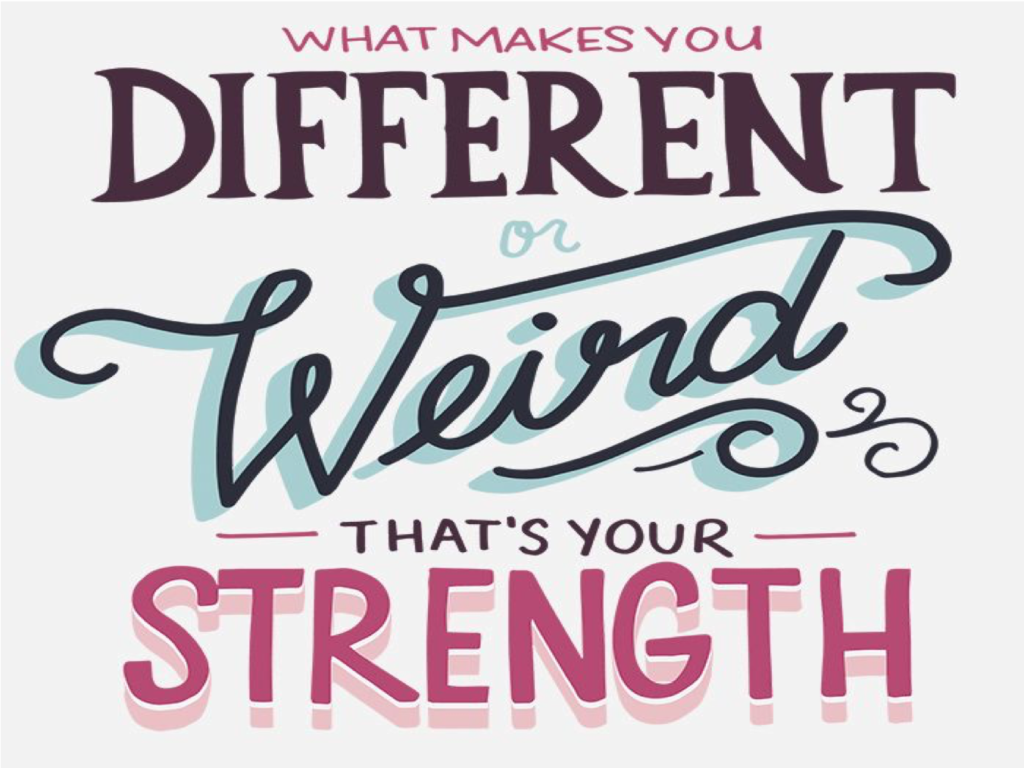

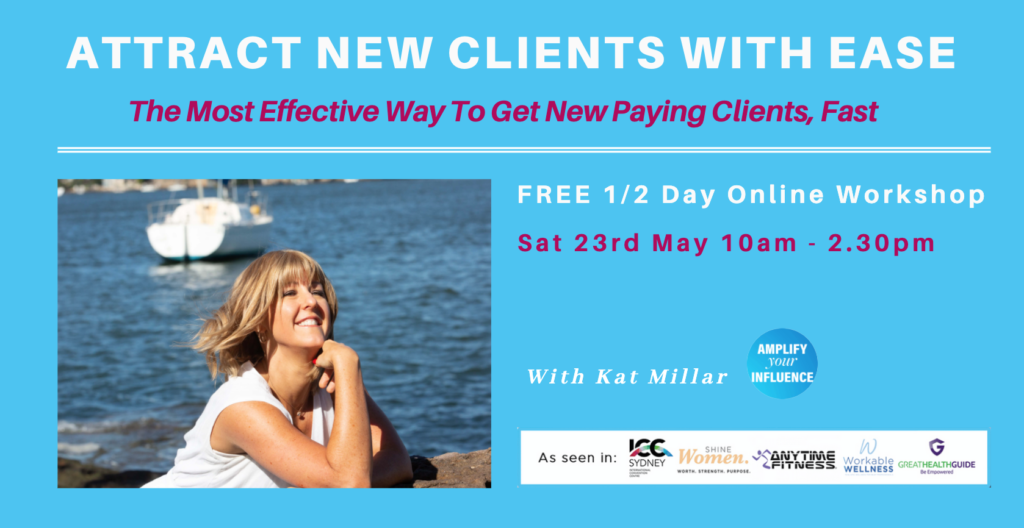
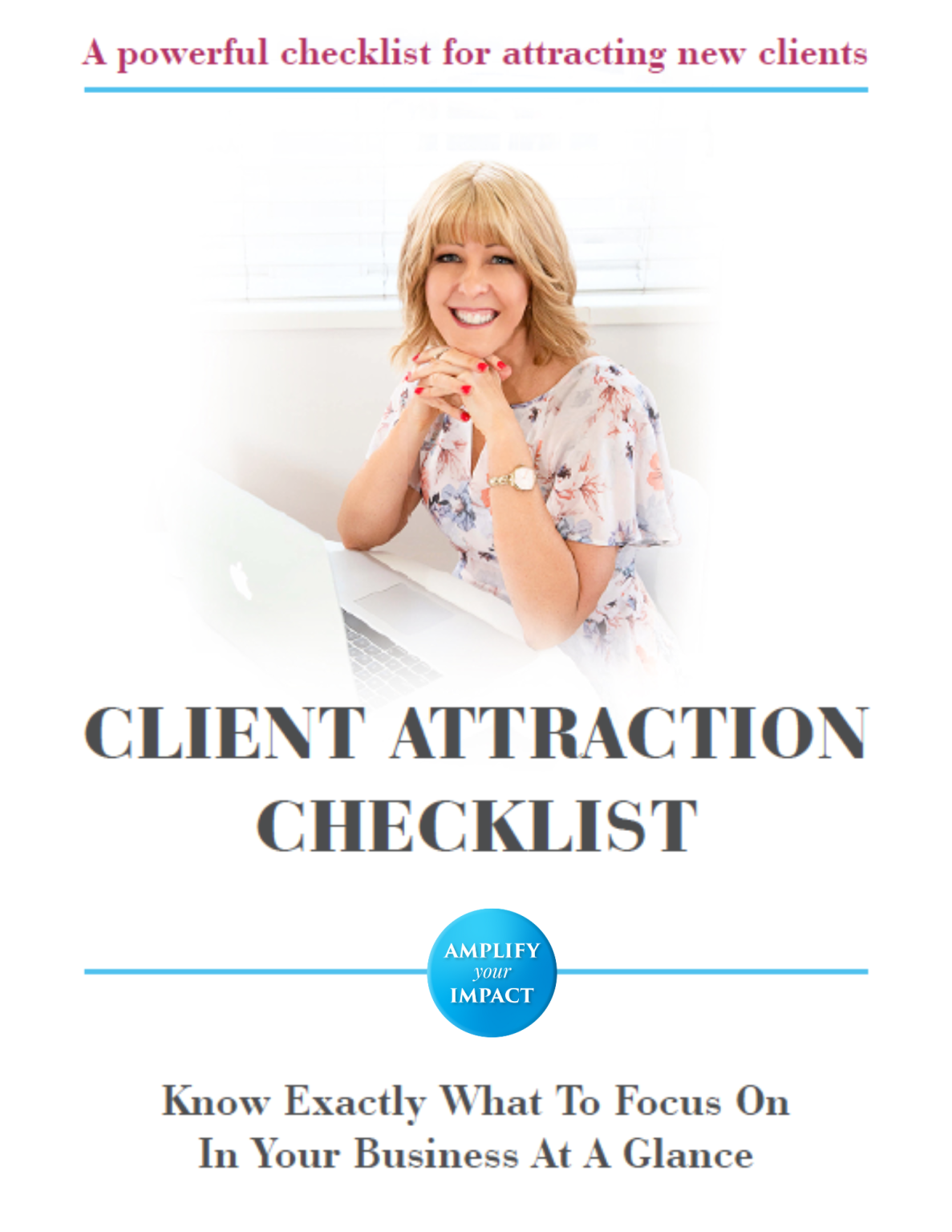
Leave a Reply